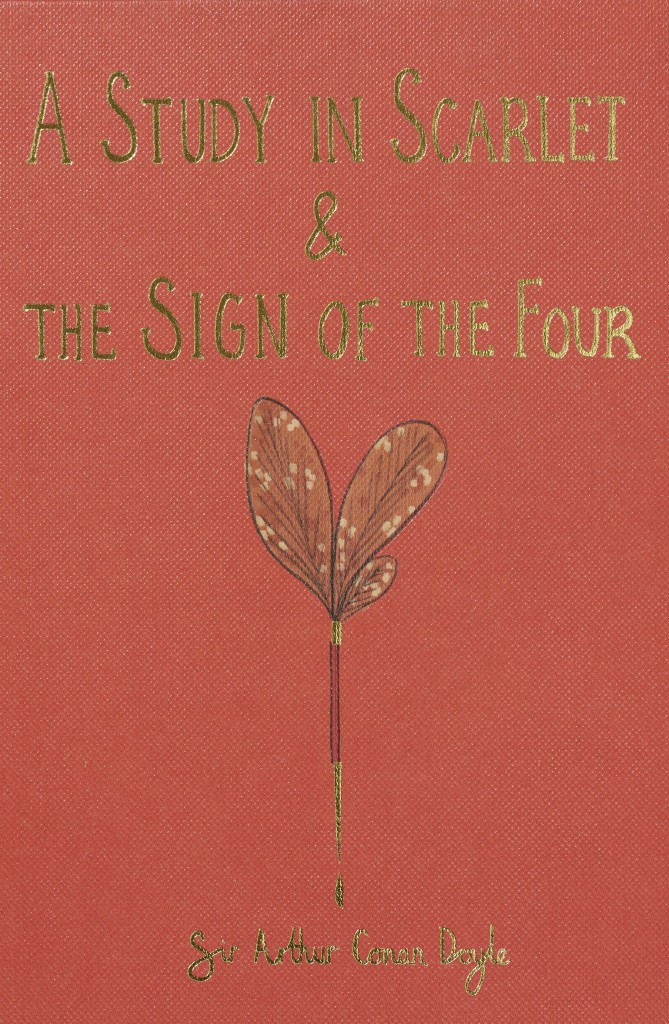
Anything But Elementary
David Stuart Davies reflects on the continuing appeal of Sherlock Holmes.
One of the great mysteries surrounding the character Sherlock Holmes is why his creator Arthur Conan Doyle had such a low opinion of him. The author quickly grew tired of his brilliant sleuth after two novels and a dozen stories and was only persuaded to carry on with a further set of tales by the increased fee he was offered by the Strand magazine. Doyle believed that this catchpenny detective took him away from his greater work, his historical fiction, and so he famously killed Holmes off by having him topple into the raging waters of the Reichenbach Falls in Switzerland, locked in the arms of his arch enemy, the criminal mastermind, Professor Moriarty. It was only the astronomical fees offered by both British and American publishers that finally persuaded Conan Doyle to raise Holmes from the dead. From then on the author treated his character as a ‘cash cow’, a form of easy money. Whenever he required extra finances, he would pen a Holmes story. At the end of his life, Conan Doyle had scant regard for Sherlock Holmes. But the public and posterity knew better.
Over the years Mr S. Holmes of 221B Baker Street has reached iconic status. While most of Conan Doyle’s other writings have largely been forgotten, perhaps with the exception of The Lost World, Sherlock Holmes remains a vibrant literary persona whose adventures fill bookshelves in most countries of the world.
Briefly, let us go back to the beginning. In 1886, Arthur Conan Doyle was an impoverished doctor living in Southsea, who had a penchant for writing stories, the publication of which helped to increase his meagre income. He fancied trying his hand at writing a detective story but in such a way that it would develop the form, as he explained in an interview shortly before his death:
‘I was educated in a very severe and critical school of medical thought, especially coming under the influence of Dr Bell of Edinburgh who had the most remarkable powers of observation. He prided himself that when he looked at a patient he could tell not only their disease but very often their occupation and place of residence. Reading some detective stories I was struck by the fact that their results were obtained in nearly every case by chance. I thought I would try writing a story in which the hero would treat crime as Dr Bell treated disease and where science would take the place of chance’
The story Doyle wrote was A Study in Scarlet in which Sherlock Holmes made his first appearance and it is in this novella that the reader can learn all the essentials about the character: his appearance, his methods, his habits and his attitudes. These are recorded for posterity by the companion that Doyle created for his detective, Doctor John H. Watson.
However, there is one aspect of Holmes’ nature that is not referred to in the first novel and that is his drug taking: a seven percent solution of cocaine. This is first mentioned in the second novel, The Sign of Four (1890) which was commissioned by Joseph Marshall Stoddart, managing director of Lippincotts, the American magazine. Stoddart invited Doyle to dine at the Langham hotel in order to discuss the matter. There was another writer in attendance at that fateful lunch: Oscar Wilde. Doyle agreed to give his detective a second outing and he set about performing two tasks: re-establishing Holmes in the consciousness of the reading public and providing further embellishments to the character. Doyle had been very impressed and somewhat in awe of Oscar Wilde when he met him and he came away with the idea of imbuing Holmes with some of Wilde’s extravagant outré style: hence the drug taking. This aspect of Holmes’ character gave him a more dangerous and bohemian appeal.
So it was in these two stories that the seeds of Sherlock Holmes were sown, but they did not fully blossom until the detective appeared in short story form within the pages of the Strand magazine. It was Doyle’s idea to provide the magazine with a series of short stories rather than a serial, a format which he believed, ‘might be an impediment rather than a help to a magazine since sooner or later one missed one number and afterwards one lost all interest.’ By contrast, a character who appeared regularly, but whose adventures were complete in themselves, would ‘bind the reader to that particular magazine.’ Doyle’s character was, of course, Sherlock Holmes. The first story, ‘A Scandal in Bohemia’, appeared in 1891. Sales of the Strand rocketed and the success of these tales set the seal on the fame of both the author and his detective. Within a few years, Sherlock Holmes was a household name and there were jokes, music hall songs and plays about the character. Holmes developed a life of his own, away from Doyle’s control. In the intervening years, there have been films, plays, television series, musicals, ballets, cartoons, video games and advertising campaigns all featuring the Great Detective. There have been three statues erected to this fictional fellow and numerous actors have impersonated him from William Gillette, the first to play Holmes on stage, to Benedict Cumberbatch and Johnny Lee Miller, the latest incarnations of the man from Baker Street.
Sherlock Holmes remains a fixed point in a changing age. Doyle’s stories still retain the heart and the brilliance of the Sherlock Holmes myth, but the detective’s adventures have been added too by other scribes, all attempting to carry on the elusive and complex magic of the man who is far from elementary.
David Stuart Davies
Books associated with this article
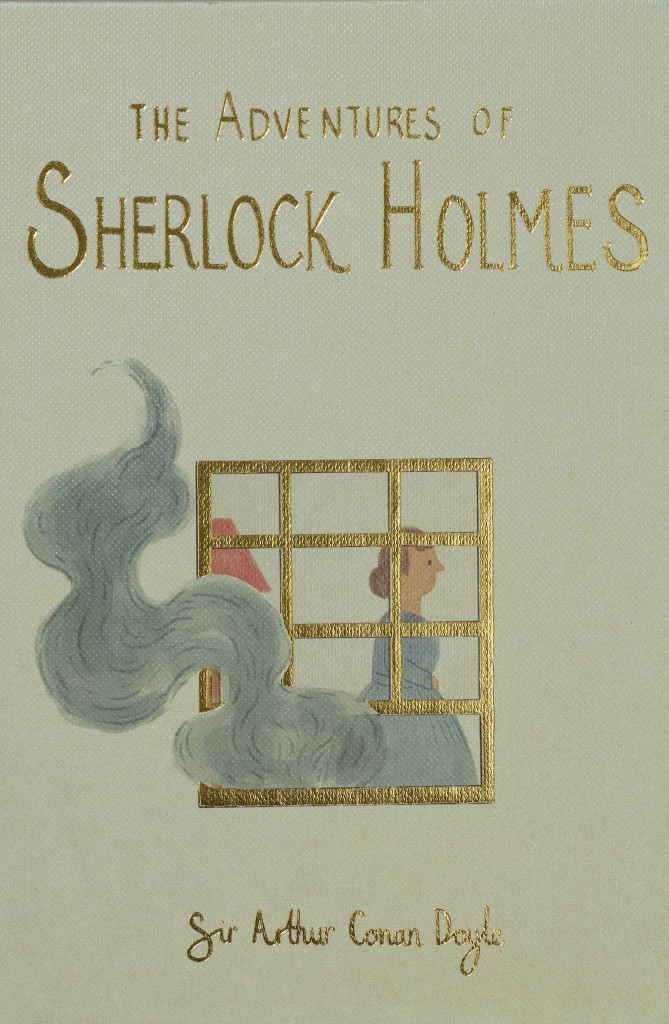
The Adventures of Sherlock Holmes (Collector’s Edition)
Sir Arthur Conan Doyle
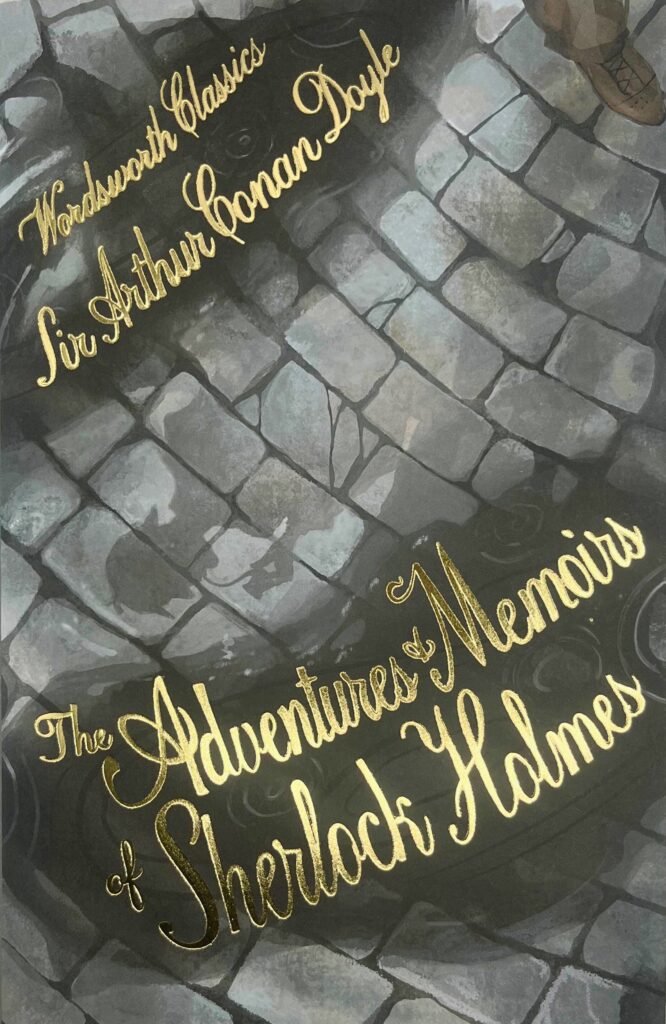
The Adventures & Memoirs of Sherlock Holmes
Sir Arthur Conan Doyle
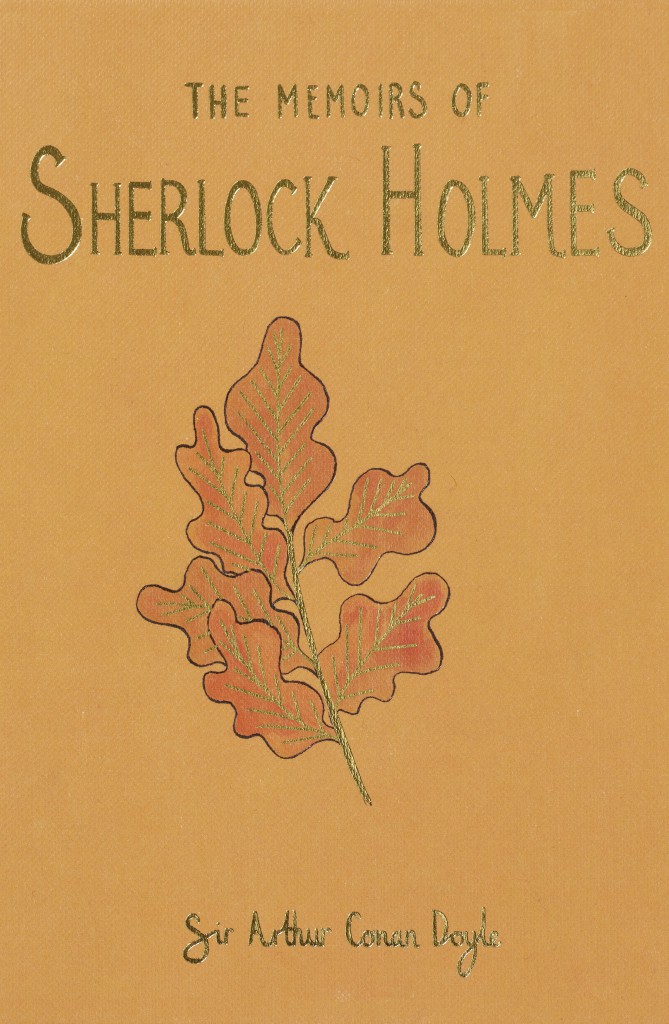
The Memoirs of Sherlock Holmes (Collector’s Edition)
Sir Arthur Conan Doyle
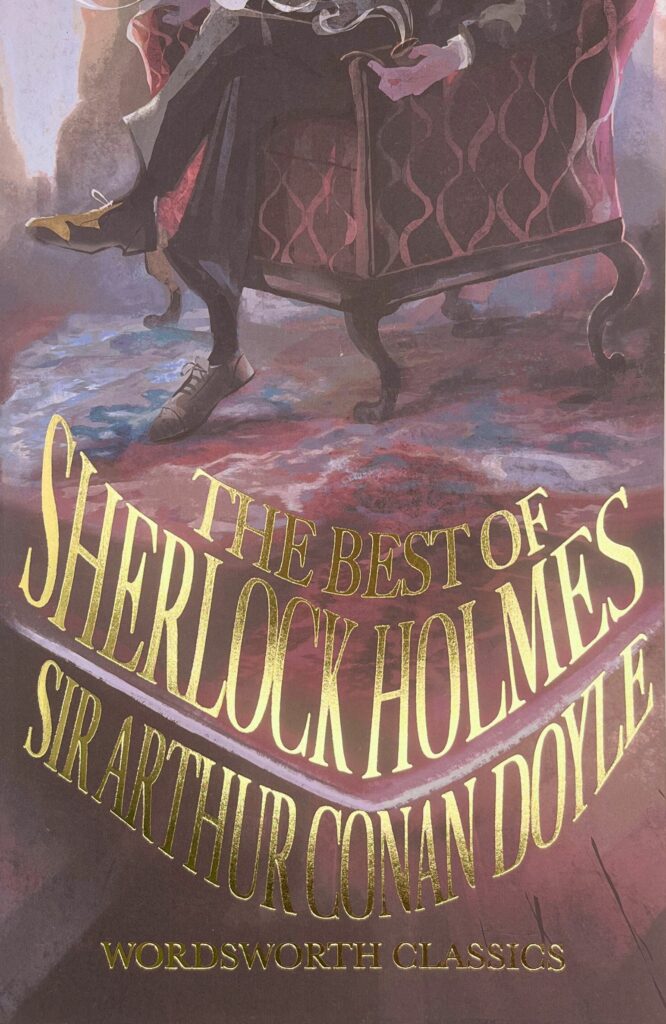
The Best of Sherlock Holmes
Sir Arthur Conan Doyle
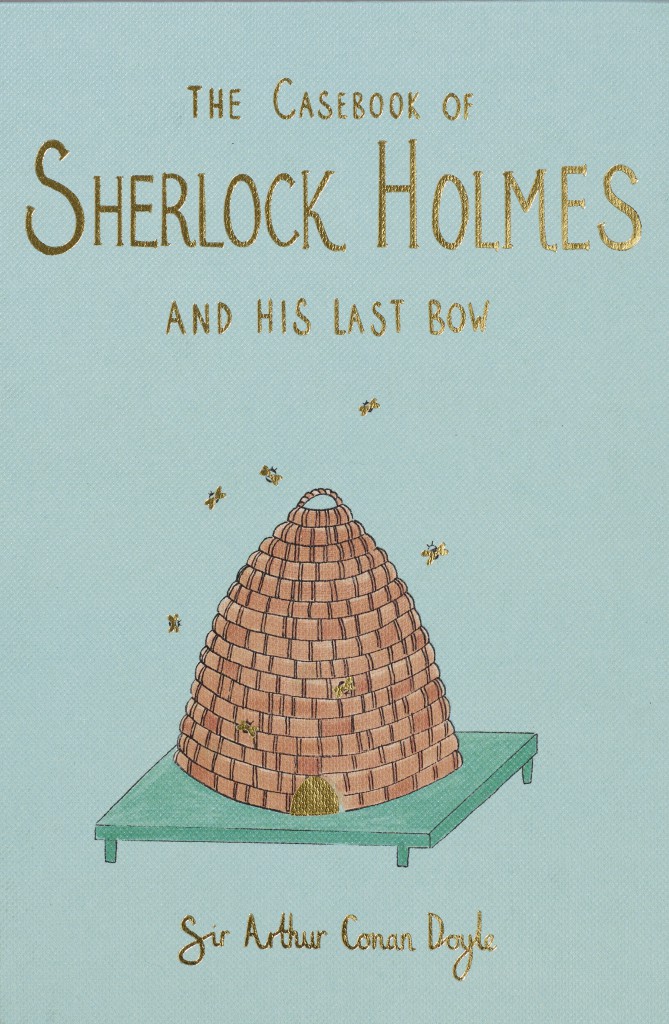
The Casebook of Sherlock Holmes & His Last Bow (Collector’s Edition)
Sir Arthur Conan Doyle
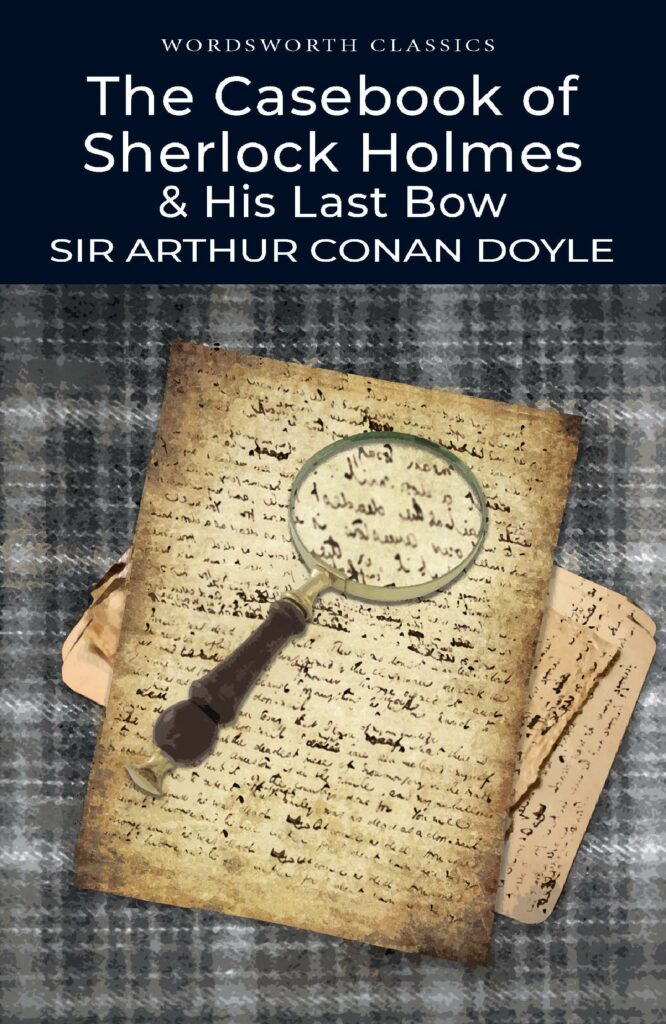
The Casebook of Sherlock Holmes & His Last Bow
Sir Arthur Conan Doyle
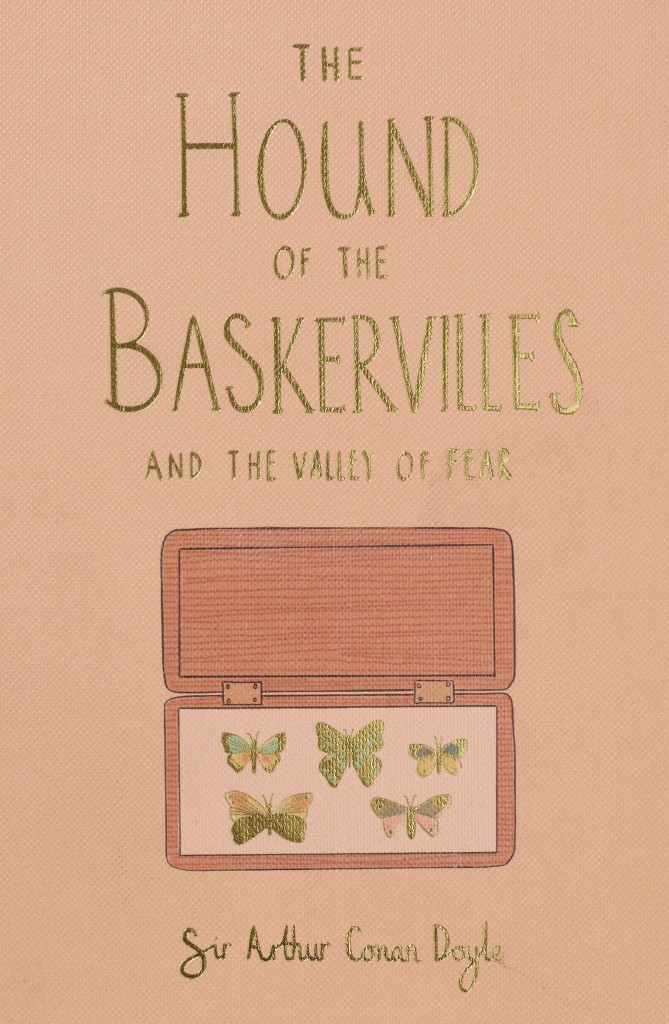
The Hound of the Baskervilles & The Valley of Fear (Collector’s Edition)
Sir Arthur Conan Doyle
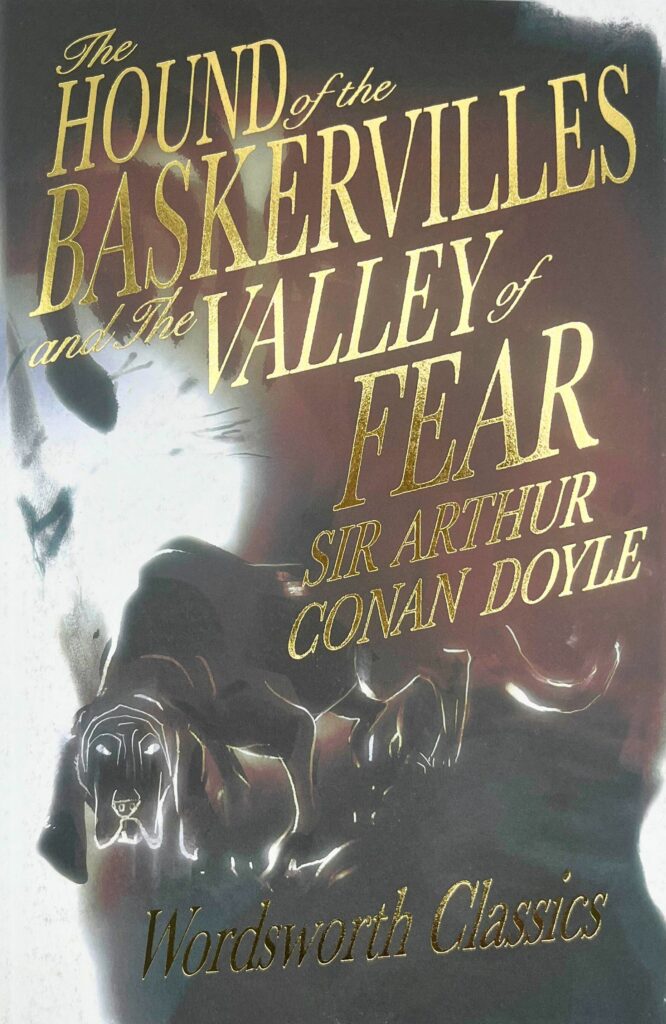
The Hound of the Baskervilles & The Valley of Fear
Sir Arthur Conan Doyle
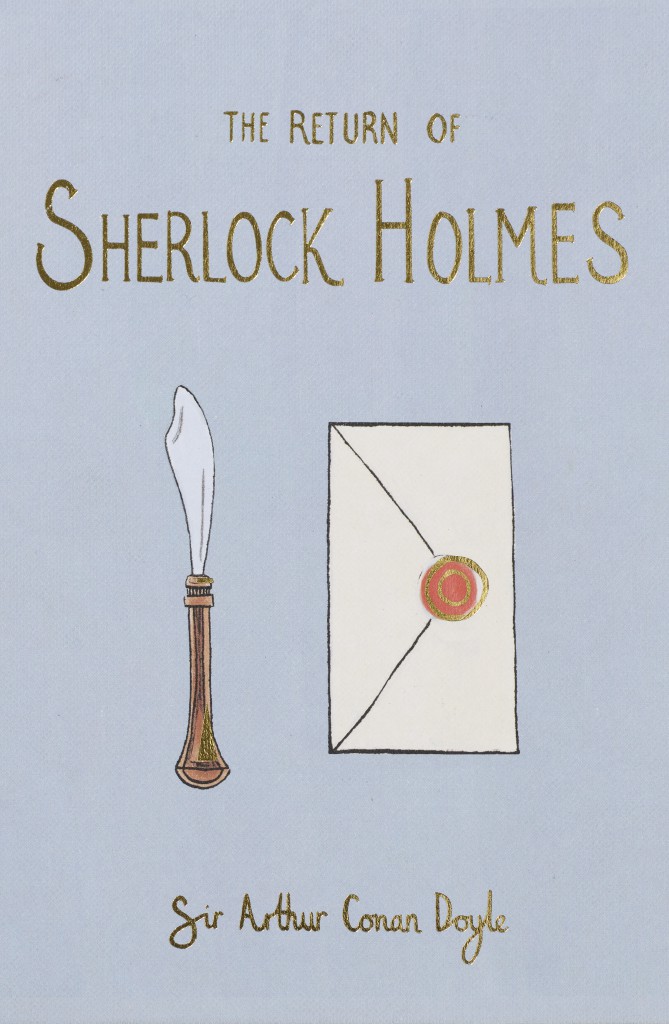
The Return of Sherlock Holmes (Collector’s Edition)
Sir Arthur Conan Doyle

The Return of Sherlock Holmes
Sir Arthur Conan Doyle

A Study in Scarlet & The Sign of the Four
Sir Arthur Conan Doyle
